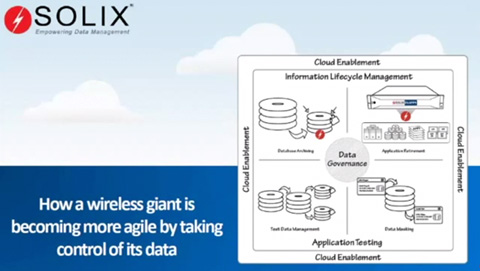Data Risk Assessment
What is Data Risk Assessment?
Data Risk Assessment is the systematic evaluation of potential threats, vulnerabilities, and impacts associated with an organization’s data assets. It involves assessing potential threats, vulnerabilities, and the potential impact of data breaches or loss. By conducting a data risk assessment, organizations can make informed decisions to protect their data assets and mitigate risks effectively.
Key Components of Data Risk Assessment
- Data Inventory: Identifying and classifying all types of data collected, stored, or processed by the organization, including sensitive or confidential information.
- Threat Identification: It involves identifying potential sources of harm or danger to an organization’s assets, including data. Identifying potential threats may include pinpointing cyberattacks, insider threats, human error, and regulatory non-compliance.
- Vulnerability Assessment: It involves evaluating weaknesses or flaws in an organization’s systems, processes, or infrastructure that threats could exploit. For example, checking unpatched software, weak passwords or access control, etc.
- Impact Analysis: Assessing the potential consequences of a data breach or loss, including financial loss, reputational damage, legal liabilities, and regulatory penalties.
- Risk Quantification: Assigning a level of risk to identified threats based on their likelihood and potential impact, enabling prioritization of mitigation efforts.
- Risk Mitigation Strategies: Developing and implementing measures to mitigate identified risks, such as security controls, encryption, access controls, employee training, data backup and recovery plans, and compliance with data protection regulations.
- Monitoring and Review: Continuously monitor the effectiveness of risk mitigation measures and update the data risk assessment as new threats emerge or the organization’s data environment changes.
Importance of Vulnerability Assessment
- Improved security posture: By identifying and addressing vulnerabilities, organizations can significantly reduce the risk of a data breach.
- Enhanced compliance: Many data protection regulations require organizations to conduct regular risk assessments.
- Better decision-making: A risk assessment can help you make informed decisions about allocating your security resources.
- Reduced costs: A data breach can be costly. By preventing breaches, organizations can save money in the long run.
Best Practices for Data Risk Assessment
- Regularly conduct comprehensive data risk evaluations.
- Involve stakeholders from various departments in the assessment process.
- Stay informed about evolving threats and cybersecurity trends.
- Implement a robust risk management framework tailored to the organization’s needs.
- Prioritize risks according to their probability and potential consequences.
- Continuously monitor and review risk mitigation measures.
- Ensure compliance with relevant data protection regulations.
In conclusion, risk assessment is a fundamental aspect of cybersecurity and risk management for organizations of all sizes. By understanding potential threats, vulnerabilities, and their impact on data assets, organizations can effectively mitigate risks and protect sensitive information. By following best practices and implementing proactive measures, organizations can enhance their cybersecurity posture and safeguard their data against evolving threats in today’s digital landscape.
FAQ
What role does employee training play in DRA?
Employee training is crucial for raising awareness about data security best practices, reducing the likelihood of human error, and ensuring adherence to security protocols outlined in the data risk assessment.
How does data risk assessment integrate with incident response planning?
It helps inform incident response planning by identifying potential threats and vulnerabilities and developing effective response strategies to mitigate the impact of security incidents.
What metrics are used to measure the effectiveness of DRA efforts?
Risk exposure, vulnerability remediation rates, compliance adherence, and incident response times are commonly used to gauge the effectiveness of data risk assessment strategies and initiatives.





